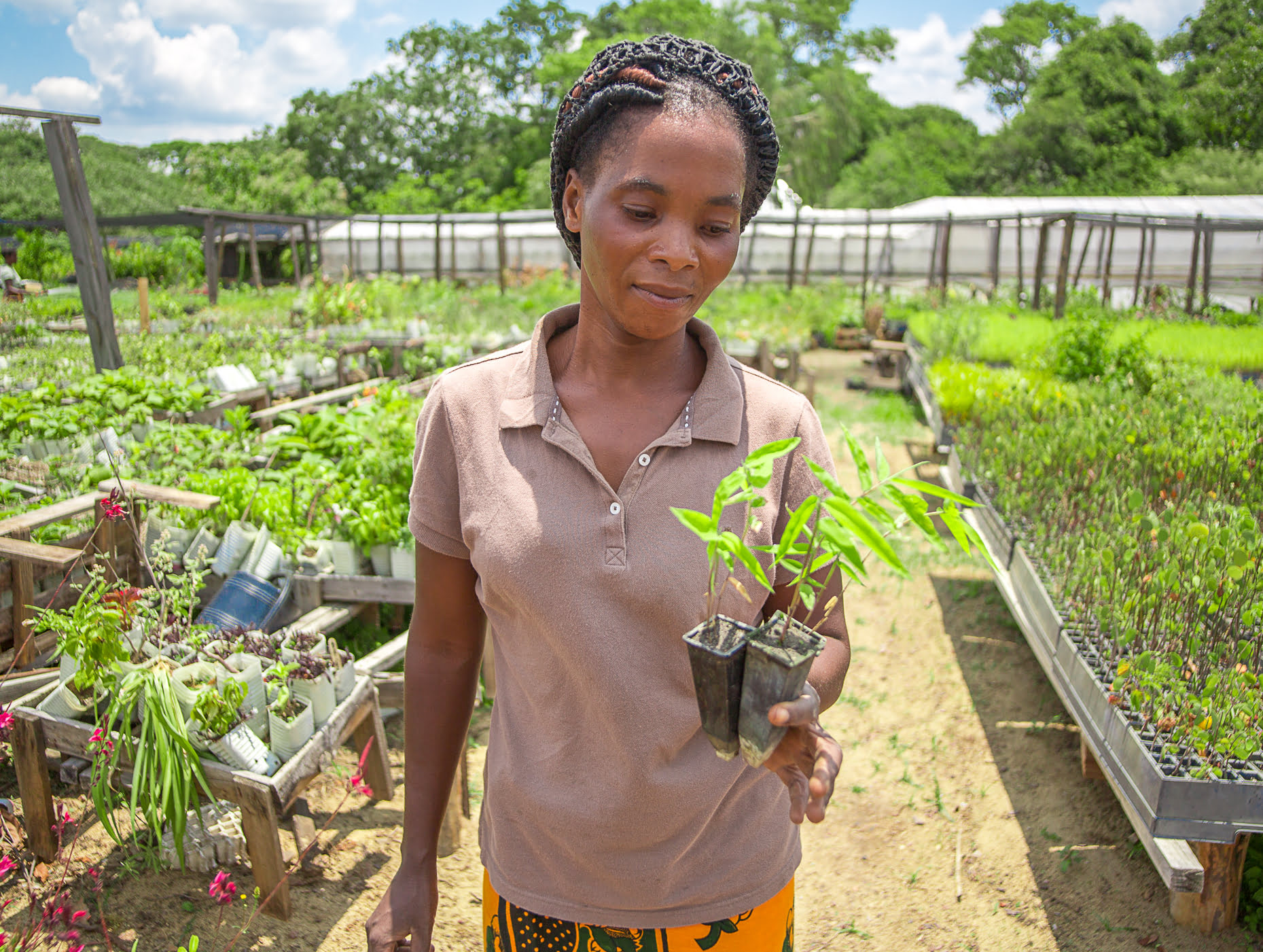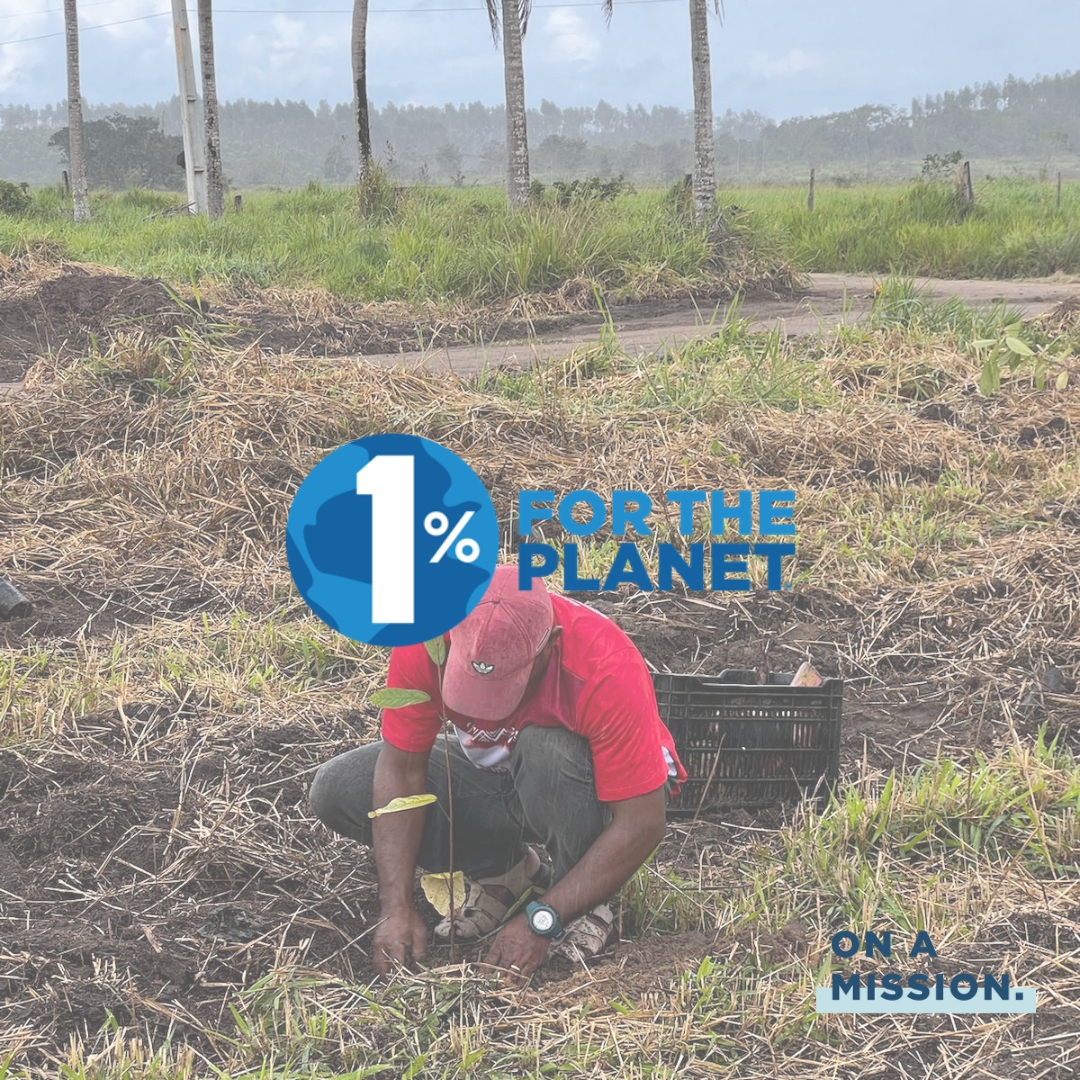20 Essential Questions About Trees, Carbon, and Reforestation - Answered by ON A MISSION
Get answers to 18 essential questions about trees and reforestation, from CO₂ absorption to nature-based solutions, in a fun, approachable guide by ON A MISSION.

At ON A MISSION, we get questions about trees all the time, and we love it.
We believe that curiosity is where climate action begins. Whether it’s someone wondering how much CO₂ a tree can absorb, or a business trying to understand how to make their sustainability goals more meaningful, we believe that asking great questions is the first step toward making a real impact.
So, we’ve pulled together some of the most common questions we hear, and answered them in a simple, fun, and approachable way. Whether you’re just dipping your toe into the world of reforestation or you're a full-blown climate champion, there’s something here for you.
Let’s get going and see if you learn something new.
1. How Do Trees Help the Environment?
Let’s start with the basics. Trees are like the overachievers of the natural world.
Trees absorb CO₂, release oxygen, filter air and water, stabilize soils, and provide crucial habitat for wildlife—making them indispensable for healthy ecosystems. UNEP FI
2. How Many Trees Are in the World?
There are an estimated 3 trillion trees on Earth, sounds like a lot, right? But we’re losing more than 10 million hectares of forest each year due to deforestation, agriculture, and development. That’s roughly the size of Portugal… every year. Nature
3. How Much CO₂ Does One Tree Absorb Per Year?
A healthy, mature tree can absorb around 22 kilograms of CO₂ per year. That number depends on the species and environment, but even one tree plays its part. One Tree Planted
4. Can Planting Trees Stop Climate Change?
Not all by themselves, but they help a lot. Trees are one of the most scalable, natural ways to remove CO₂ from the atmosphere. But we also need to reduce emissions, protect existing forests, and rethink how we live and consume. TIME
5. What Are Nature-Based Solutions?
Nature-based solutions are actions that protect, manage, or restore ecosystems—such as reforestation, wetland restoration, or agroforestry—to address societal challenges while delivering environmental and social benefits. Nature-based Solutions Initiative
6. What’s the Difference Between Afforestation and Reforestation?
Afforestation is planting trees in areas that weren’t previously forested.
Reforestation is restoring trees to places that once were forests but got cleared.
7. Which Trees Absorb the Most Carbon?
Fast-growing hardwoods—like poplar, willow, and eucalyptus—sequester carbon rapidly, though locally native species often yield the best long-term ecological outcomes. MDPI
8. What Are the Social Benefits of Tree Planting?
Tree planting creates jobs (in nurseries, planting, and monitoring), improves food and water security, provides medicinal resources, and bolsters community resilience. EcoMatcher
9. How Many Trees Would I Need to Plant to Offset My Footprint?
With an average annual footprint of 10 tonnes of CO₂ and 22 kg sequestered per tree, you’d need to plant roughly 450 trees each year to fully offset your emissions. One Tree Planted
10. How Can Businesses Support Reforestation?
Companies can fund and co-design projects, integrate reforestation into their sustainability strategies, or partner with NGOs—just as global brands are doing today to restore critical landscapes. Reuters
11. What Makes a Good Reforestation Project?
Look for community leadership, native-species planting, long-term monitoring (via satellite and field surveys), and clear social and ecological benefits. TIME
12. What Are the UN Sustainable Development Goals Related to Forests?
- SDG 13: Climate Action
- SDG 15: Life on Land
- SDG 12: Responsible Consumption & Production
13. How Can I Tell If a Reforestation Project Is Legit?
Seek transparency in data and budgets, third-party verification, and regular impact reports on trees planted, carbon sequestered, and community outcomes. TIME
14. Where Are the Biggest Reforestation Efforts Happening?
Massive initiatives are underway in Brazil, Kenya, Madagascar, Indonesia, and India, often backed by international coalitions and public–private partnerships. Reuters
15. What Is ON A MISSION’s Approach to Reforestation?
We deliver community-led, science-backed projects that restore degraded landscapes, empower local livelihoods, and ensure ecological resilience for generations to come. UNEP FI
16. How Do You Measure the Impact of Reforestation?
We track trees planted and survival rates, tonnes of CO₂ sequestered, biodiversity gains, and jobs created—using satellite monitoring, MRV tools, and on-the-ground surveys. Nature-based Solutions Initiative
17. How Do I Support ON A MISSION?
You can donate, volunteer your skills, or partner with us as a business to co-create tailored carbon-neutral solutions. Learn more at onamission.world.
18. Why Does Tree Planting Matter Now More Than Ever?
Facing a climate emergency, trees remain one of the most scalable, cost-effective, and community-centered ways to restore balance—making immediate action crucial today. TIME
Got more questions? We’re here for them
At ON A MISSION, we’re all about making climate action accessible, grounded, and personal. If you’ve got a question that didn’t get answered here, just reach out. We love hearing from people who care, because that’s how change starts.
Ready to grow something meaningful? Let’s plant together.
👉 Contact us at hello@onamission.world
.jpg)

